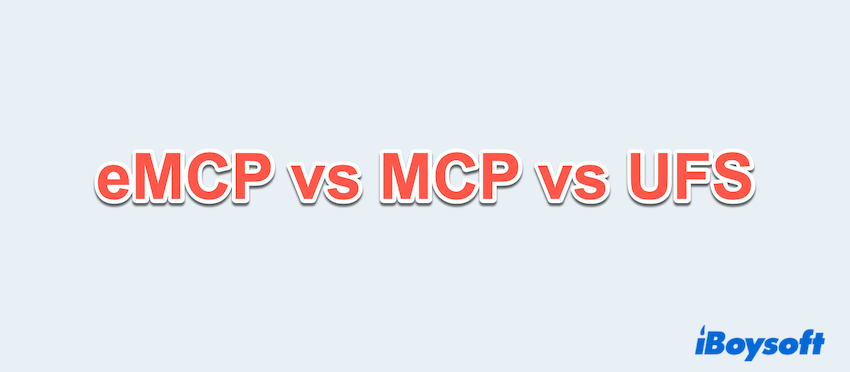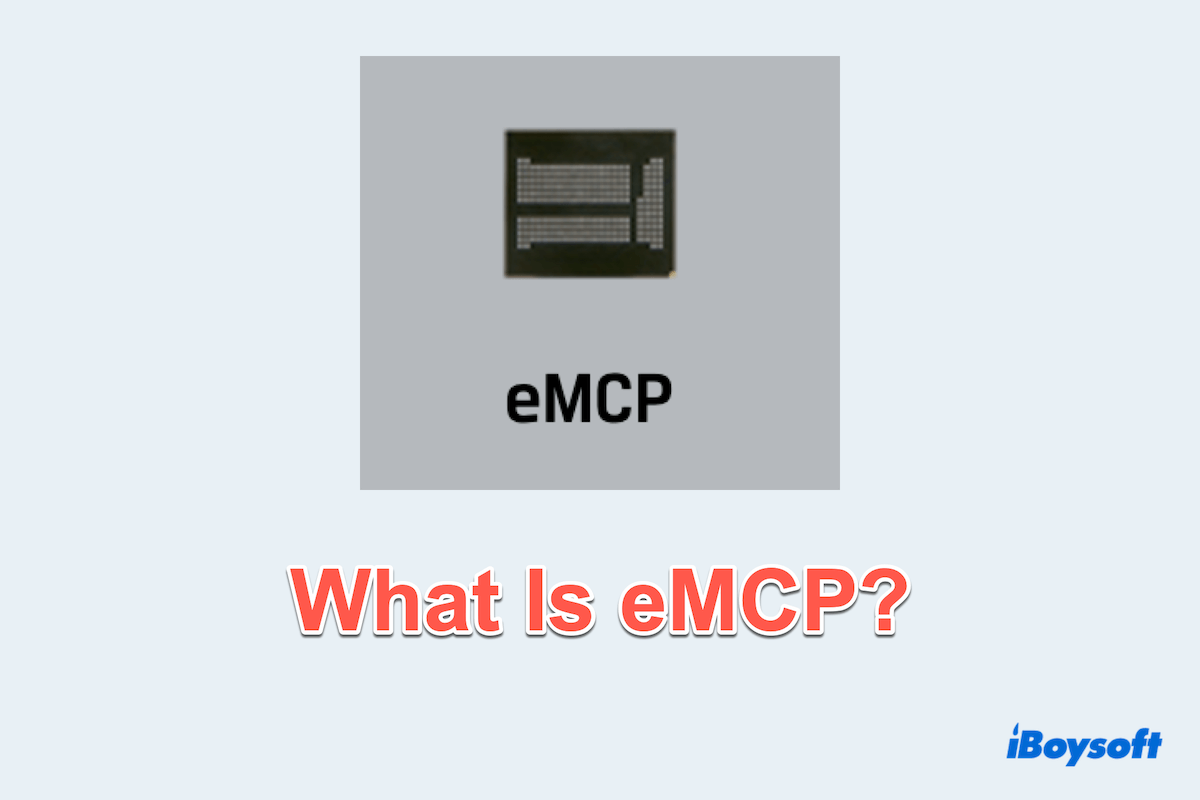Whether it's smartphones, tablets, or IoT devices, manufacturers need to balance space, performance, and cost. One of the key innovations that helps achieve this is eMCP.
Do you know some chips that can replace eMCP or eMMC? Is there a newer chip that is better than it? -reddit.com
eMCP is a memory packaging solution that integrates multiple memory components into a single compact unit. It has different versions like 4.2, 4.41, 4.5, 5.0, etc. Now we can see a detailed intro to eMCP.
What is eMCP? How eMCP works
eMCP is a tiny, all-in-one memory chip that packs two things into a single package: storage(like your phone's built-in memory) and RAM(the temporary memory apps use while running).
- Top layer: Fast-access memory (LPDDR) for running apps.
- Bottom layer: Storage (eMMC) for your photos, apps, and system files.
Combining two chips into one can free up room on devices like smartphones, smartwatches, or small gadgets. And it is easier to build devices because there's less wiring and fewer parts to manage.
Your phone's processor interacts with this combo chip exactly like it would with separate components, but everything works more efficiently in this packaged form. It's why modern smartphones can be both powerful and slim.
Advantages and disadvantages of eMCP
Here is a summary table outlining the key strengths and weaknesses of eMCP technology:
| Pros | Cons |
| Space-saving and simplified design | Cannot upgrade one without replacing the entire package |
| Reduce power loss compared to separate chips | If one component (e.g., RAM) fails, the entire eMCP module may need replacement |
| Lower assembly costs | Incompatibility and higher unit cost |
| Available in multiple pre-tested configurations (e.g., 64GB + 4GB, 128GB + 6GB) | Longer lead times and require careful thermal management. |
eMCP shines in space-constrained, cost-sensitive devices (e.g., budget smartphones, IoT sensors, smartwatches) where standardized memory/storage configurations are acceptable. It's less ideal for high-performance or modular systems (e.g., gaming phones, upgradable devices).
Let us know if you'd like deeper dives into specific pros and cons! Share this table~
eMCP vs MCP vs UFS: Which is better
You may see many doubts about the differences of eMCP vs MCP/ eMCP vs UFS, here, iBoysoft gives you a simple comparison:

| Feature | eMCP | MCP | UFS |
| Integration | Combines RAM and eMMC | Combines different memory types | Only storage (faster than eMMC) |
| Speed | Moderate | Moderate | High-speed |
| Power efficiency | Good | Varies | Excellent |
| Scalability | Limited | Limited | More flexible |
| Use case | Mid-range devices | Entry-level and mid-level | High-end smartphones |
MCP is an earlier packaging technology that may or may not include embedded memory controllers. eMCP improves on MCP by embedding the controller (via eMMC), offering better integration. UFS, on the other hand, is a newer, high-speed flash storage technology that offers significantly faster performance, but typically does not include RAM.
In conclusion, eMCP is a smart solution for integrating memory in space-constrained devices, offering a good balance of cost, power efficiency, and performance. While it may not match the speed of UFS or the flexibility of separate memory components, it remains a popular choice for many mid-tier consumer and industrial applications.
Please share our post.
